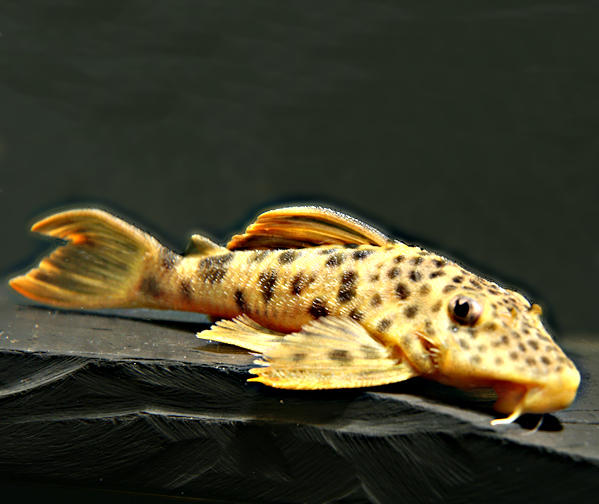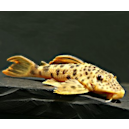Hello catfish freaks,
today I want to introduce you to three articles from the current issue of Amazonas (January, February 2015)
Hans-Georg Evers “Erfolgreich nachgezogen: Otocinclus arnoldi” (Successfully increased: Otocinclus arnoldi)
At first Hans discusses the distinction between Otocinclus arnoldi and Otocinclus flexilis. Further, Hans suggests that Otocinclus mimulus is corresponding to a (formal unpublished) work of Lehmann & Rice 2006, a synonym of Otocinclus arnoldi.
Hans briefly presents the location of catches of his Otocinclus arnoldi in Uruguay. He describes generally his previous experience with Otocinclus, Parotocinclus and similars.
The main part of the article is devoted to the breeding and the growth of Otocinclus arnoldi. Trigger for the pairing was once more water change with water lower conductivity. The rearing was relatively easy: initially the little ones received frosted rotifers. Later he fed plankton tablets.
For followers of this small catfish this article is probably a must.
Hans-Georg Evers “Neuer Hisonotus” (“A new Hisonotus”)
Hans-Georg looks at the scientific description of Hisonotus acuen: Silva u.a. “Hisonotus acuen, a new and phenotypically variable cascudinho (Siluriformes, Loricariidae, Hypoptopomatinae) from the upper rio Xingu basin, Brazil”.
As he writes, he brought such species from the headwaters of the Xingu River to Germany in 1998 and 1999. Most recently, he described this in Catfish-Atlas as LG 3.
Daniel Konn-Vetterlein “Nach Belo Monte geht am Rio Xingu die Sonne auf” (“After Belo Monte the sun is rising on the Xingu River“)
As he says not only the dam threatens the fishes. In this area the largest gold mine in Brazil will be build.
He expects that at first the L 177 – is a variant of Baryancistrus xanthellus – will disappear.
Baryancistrus chrysolomus (L 47), Pseudacanthicus sp. “L 25” and Scobinancistrus aureatus (L 14) appear to have good chances.
The existence of Hypancistrus zebra and Hypancistrus sp. “L 174” will depend on the development of the great river loop between Altamira and Belo Monte, the Volta Grande. Particularly interesting is probably the info that the Xingu has many flat areas in the Volta Grande that we can pass through on foot.
Many enjoy reading the Amazonas

